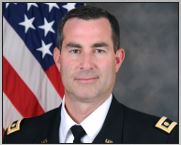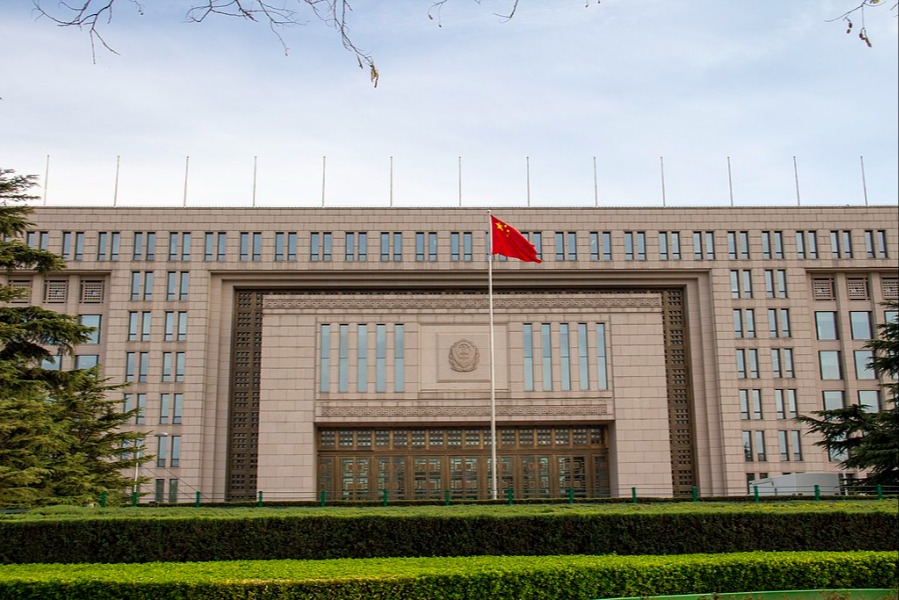The Reason to Worry About the Syrian “Safe Zones”
According to recent reports, the United States and Russia are quietly discussing establishing a so-called “safe zone” in southern Syria.
Published by The Lawfare Institute
in Cooperation With

According to recent reports, the United States and Russia are quietly discussing establishing a so-called “safe zone” in southern Syria. This follows the May 4th agreement between Russia, Turkey, and Iran that created “de-escalation zones” across Syria including in Idlib province—the location of the April 4th chemical attack that prompted the United States retaliatory tomahawk missile strike. Ostensibly, these zones will protect civilians trapped in the Syrian conflict and allow them access too much needed humanitarian relief.
It seems both logical and humane to create areas in Syria free of conflict, where civilians can safely congregate while receiving aid. The war has exacted an immense toll on the Syrian people with deaths from the hostilities surpassing 500,000. Approximately half the Syrian population has been forced to leave their homes, including 4.9 million refugees who have fled to nearby Lebanon, Turkey, Jordan, Iraq, and Egypt. Life expectancy has dropped by 20 years since the war began, and millions of Syrians, many of whom are children, require immediate humanitarian relief. Despite this crisis, humanitarian relief is almost impossible to provide due to the obstruction, and even intentional targeting, of aid providers. This was starkly illustrated in September of 2016 when a Syrian Aid Red Crescent (SARC) warehouse and convoy was attacked killing approximately 20 civilians, a SARC staff member, and destroying food and medical assistance to thousands besieged in Aleppo.
While never expressly using the term, the Law of Armed Conflict does provide a foundation for the idea of safe zones. For example, GC I, article 23 discusses the establishment of “hospital zones and localities” to “protect the wounded and sick from the effect of war” upon conclusion of an agreement by the parties to the conflict. GC IV, article 15 allows the parties to a conflict to agree to “neutralized zones intended to shelter from the effects of war” wounded and sick combatants and non-combatants as well as civilians not taking part in hostilities while Additional Protocol I, article 60 allows for the creation of demilitarized zones again upon agreement. Though these provisions only apply to situations of international armed conflict, according to the ICRC, “state practice has established a prohibition on attacking zones established to shelter the wounded, the sick and civilians from the effects of hostilities in both IACs and NIACs as a rule of customary international law.”
While the law conceptually allows for safe zones, establishing these areas in practice is difficult. In an international armed conflict creating a safe zone requires an agreement between hostile parties whereas in a non-international armed conflict consent of the host state is necessary. Regardless how a conflict is characterized, achieving a compromise for the benefit of the civilian population is unusual. Absent an agreement or consent, safe zones can only be established by a United Nations Security Council Resolution or by a state or group of states invoking the right to intervene for humanitarian reasons. Again, neither of these options is likely with permanent members of the security council incapable of consensus and states reluctant to underwrite the risks associated with a humanitarian intervention.
This all makes the willingness to create safe zones in Syria a seemingly remarkable accomplishment—assuming these areas actually protect the civilian population. Often safe zones are a ruse; they might be supposedly established for humanitarian purposes, but in truth intended as a way to close borders to refugees or control a population by restricting access to humanitarian relief operations. Safe zones are also rarely “safe” because the populations corralled into these geographic areas are susceptible to greater violence or mass atrocities. Of course the most infamous example being Srebrenica during the 1992-1995 war in Bosnia-Herzegovina. Further, as Human Rights Watch notes, “the presence of military personnel—sometimes commingled with civilian populations and sometimes using the safe area to launch attacks—can make the location a military target, as opposed to a genuinely safe zone.”
So, will the Syrian safe zones actually protect civilians? If the recent events in Idlib province are an indicator, the answer is “no.” Since the agreement between Russia (and tacitly Syria), Iran, and Turkey creating the Idlib safe zone large groups of displaced persons deemed “opposition” have been forced into this northwest corner of Syria. Butting up against Turkey’s border—which reportedly views the northern Syria safe zone “as a bulwark against expansion by Syrian Kurdish fighters”—this area is described by one volunteer as being similar to the Gaza Strip. The Assad regime, backed by Russia and Iran, has rejected any role for the United Nations or the international community in the area while openly stating that they will “continue fighting ‘terrorism’ wherever it exists, parlance for most armed rebel groups fighting government troops.” This is ominous language considering the Syrian government’s history of using barrel bombs, chemical weapons, and starvation tactics against disfavored groups. Further, with Turkey more interested in checking Kurdish ambitions than in the well-being of the civilian population, and no international presence to hold accountable the regime or its backers, the Idlib “safe zone” is in actuality an extraordinarily dangerous place for those unfortunate enough to be within its confines.
The other Russian, Iranian, and Turkish safe zones will likely be just as hazardous. For the Syrian people in these areas the promise of safety is therefore illusory. In fact, these individuals are at greater risk of being controlled or even targeted by the Syrian government. Perhaps a Syrian safe zone negotiated between the United States and Russia will be better. This will require a true commitment by both parties to providing impartial and robust security throughout the agreed-to-zone while simultaneously allowing civilians unfettered access to humanitarian aid. But without this type of good faith dedication to these efforts, any future “safe zones” will be ineffectual or, worse, exacerbate the suffering of the Syrian people.





